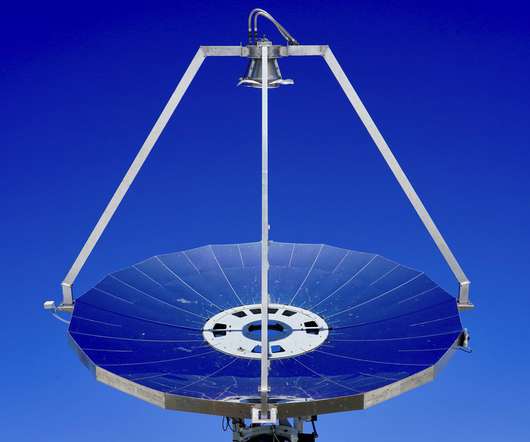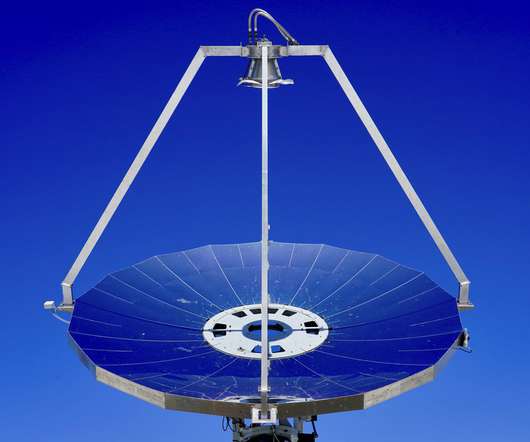Ferrari sees synthetic fuel as savior of ICE supercars
Baua Electric
JULY 24, 2024
Porsche and several partners already have a trial plant in Chile churning out synthetic fuel. If the energy used doesn’t come from renewable sources, synthetic fuel is no cleaner than fossil fuels. The main problem is the amount of energy needed to create synthetic fuel.














Let's personalize your content